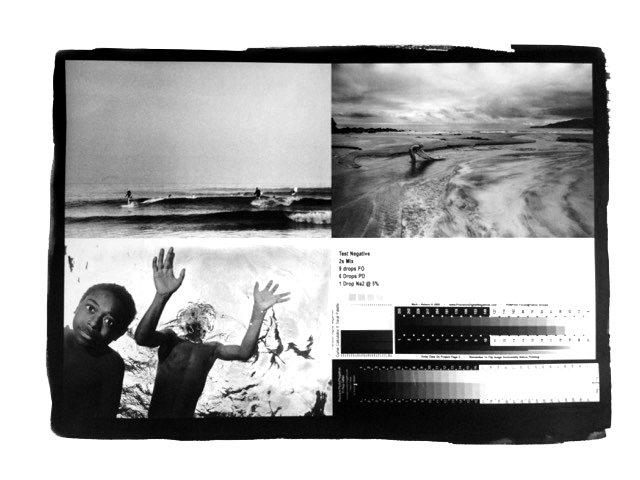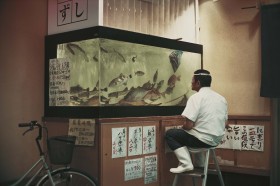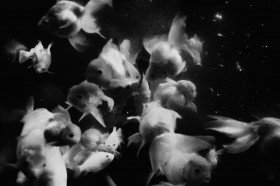–Platinum
Palladium
Platinotype printmaking – a monochromatic photographic process which enjoyed particular popularity in the late 19th and early 20th century.

Platinotype printmaking – a monochromatic photographic process which enjoyed particular popularity in the late 19th and early 20th century. In this process making prints consists in exposing the negative on suitably chosen paper made sensitive with a solution of iron and platinum/palladium salts. A properly processed image displays an impressive, unparalleled by any other process, tonal range, soft light, velvety texture and centuries-long durability. However, the process is time-consuming and requires high precision. It is also quite costly given the price of reagents used along the way.


The first-ever print obtained in the platinotype process was presented by C.J.Burnett in 1859. Short of 20 years later, a British inventor William Willis patented the technique. In subsequent decades the platinum-based process underwent some modifications in step with its growing popularity. Its attractiveness suffered in the wake of World War One when the prices of platinum went up. It was then too, that platinum was replaced with the less expensive palladium. It appeared that a specific blend of palladium and platinum salts (hence the name: platino-palladotype ) allows for high-degree representation of image details and the unique tonal richness. Platinotype process was used by such photographers as Irving Penn and Edward Steichen, among others.